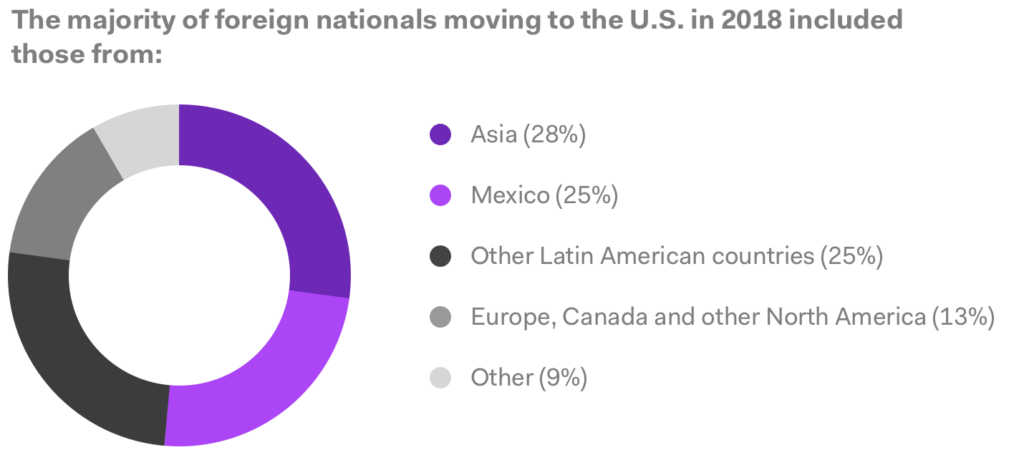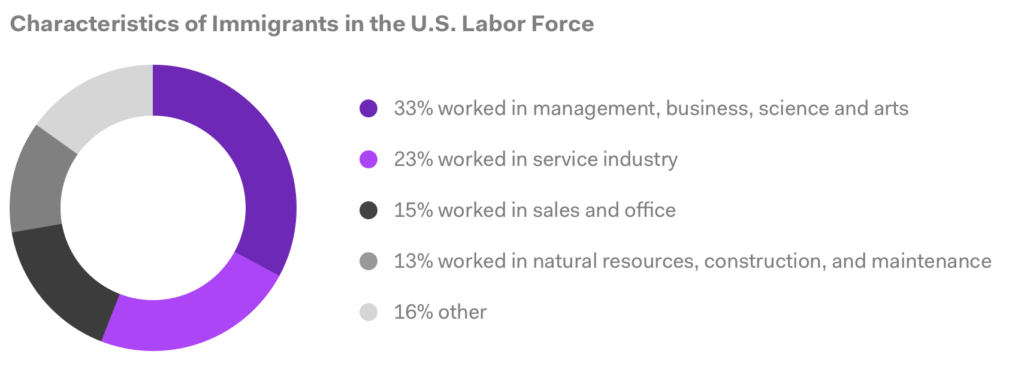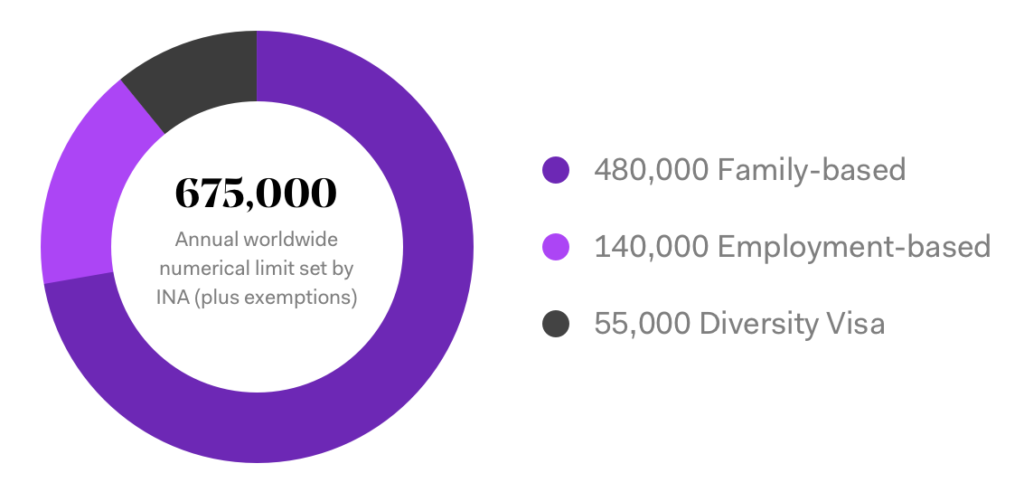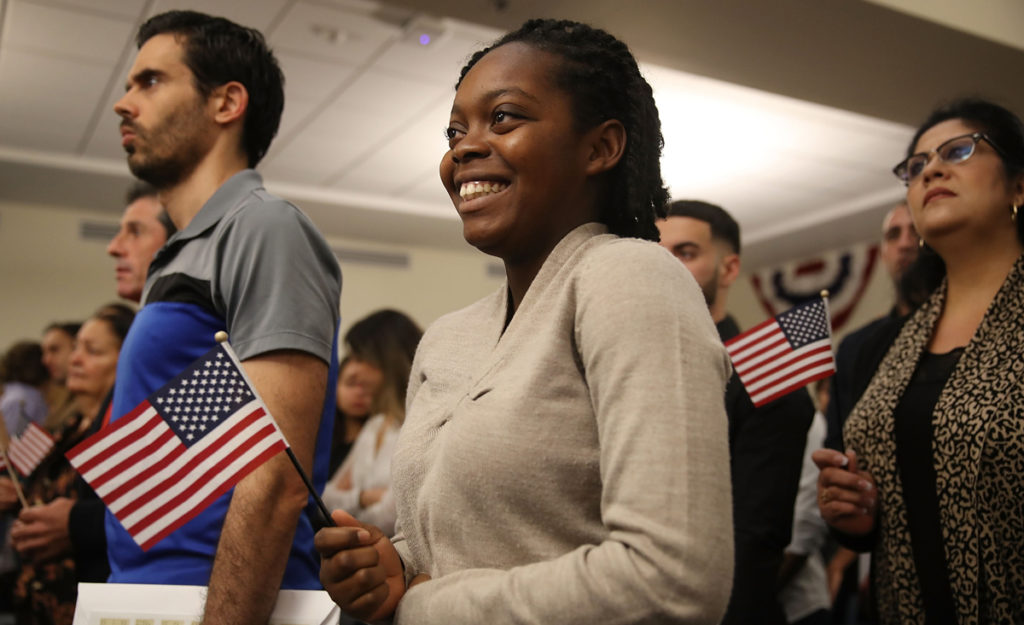Immigration has always been a powerful political topic, increasingly so in recent years. Despite its salience as an issue, decades have passed since Congress last passed significant immigration reforms. The majority of Americans agree that immigration and immigrants are good for America, but that the complex and outdated system needs to be reformed.
This presentation aims to provide policymakers and their teams a brief, high-level overview of the U.S. immigration system for the purpose of crafting immigration reform legislation. “Immigration Policy 101” includes legislative and administrative history, a look at the components of the current system, metrics to portray the impacts of the current system, and opportunities for reform.
The presentation is in six sections: You can use the navigation bar at the top of the page to jump to a specific section.











